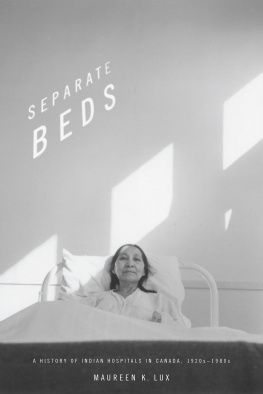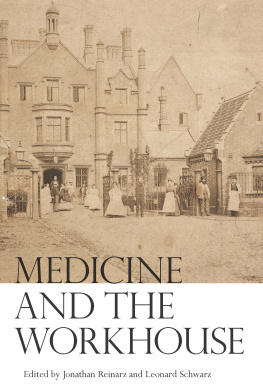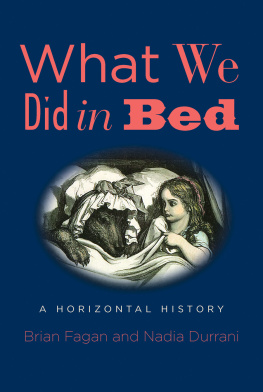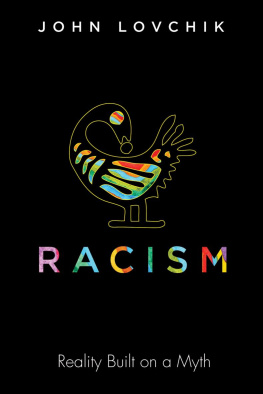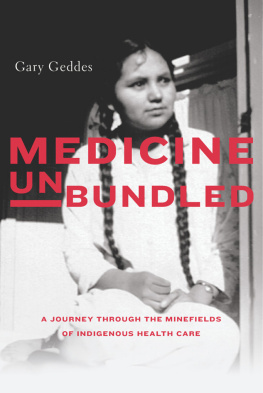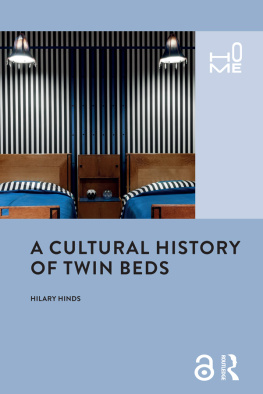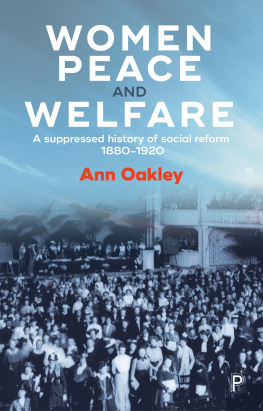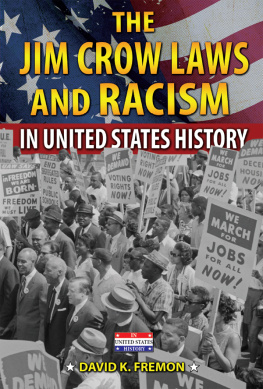Maureen K. Lux - Separate Beds: A History of Indian Hospitals in Canada, 1920s-1980s
Here you can read online Maureen K. Lux - Separate Beds: A History of Indian Hospitals in Canada, 1920s-1980s full text of the book (entire story) in english for free. Download pdf and epub, get meaning, cover and reviews about this ebook. year: 2016, publisher: University of Toronto Press, genre: Politics. Description of the work, (preface) as well as reviews are available. Best literature library LitArk.com created for fans of good reading and offers a wide selection of genres:
Romance novel
Science fiction
Adventure
Detective
Science
History
Home and family
Prose
Art
Politics
Computer
Non-fiction
Religion
Business
Children
Humor
Choose a favorite category and find really read worthwhile books. Enjoy immersion in the world of imagination, feel the emotions of the characters or learn something new for yourself, make an fascinating discovery.
- Book:Separate Beds: A History of Indian Hospitals in Canada, 1920s-1980s
- Author:
- Publisher:University of Toronto Press
- Genre:
- Year:2016
- Rating:5 / 5
- Favourites:Add to favourites
- Your mark:
- 100
- 1
- 2
- 3
- 4
- 5
Separate Beds: A History of Indian Hospitals in Canada, 1920s-1980s: summary, description and annotation
We offer to read an annotation, description, summary or preface (depends on what the author of the book "Separate Beds: A History of Indian Hospitals in Canada, 1920s-1980s" wrote himself). If you haven't found the necessary information about the book — write in the comments, we will try to find it.
A disturbing look at the dark side of the liberal welfare state, Separate Beds reveals a history of racism and negligence in health care for Canadas First Nations that should never be forgotten.
Maureen K. Lux: author's other books
Who wrote Separate Beds: A History of Indian Hospitals in Canada, 1920s-1980s? Find out the surname, the name of the author of the book and a list of all author's works by series.
Separate Beds: A History of Indian Hospitals in Canada, 1920s-1980s — read online for free the complete book (whole text) full work
Below is the text of the book, divided by pages. System saving the place of the last page read, allows you to conveniently read the book "Separate Beds: A History of Indian Hospitals in Canada, 1920s-1980s" online for free, without having to search again every time where you left off. Put a bookmark, and you can go to the page where you finished reading at any time.
Font size:
Interval:
Bookmark:
As I write, Canadas historic Truth and Reconciliation Commission is presenting its final report documenting the dark history and the damaging legacy of residential schools. Honouring the Truth, Reconciling for the Future demands that all Canadians not only acknowledge that our privilege came at a terrible cost, but that we might also listen and learn how to build a respectful future. I hope that in a small measure this work heeds the Commissions call that we learn from the past to build that future.
Many people aided my research, though all errors and omissions are mine. At the St:l Research and Resource Management Centre, Tia Halsted took the time to walk me through the history and the grounds of the former Coqualeetza Indian Hospital. Janice Kennedy at the Battlefords Tribal Council Indian Health Services provided invaluable insight into the past, present, and future importance of community-directed health services. Gail Boehme took time from her Directors role to explain how the All Nations Healing Hospital came to replace the Fort QuAppelle Indian Hospital. Carol Greyeyes introduced me to Matthew Joseph, who spent a day teaching me the peoples history of Fort QuAppelle. Kathy Kinew at the Assembly of Manitoba Chiefs helped ease access to archival records. I would also like to thank Siksika Chief Fred Rabbit Carrier and Councillor Kendall Panther Bone for their guidance and advice. These busy people patiently fielded my requests for help; without their encouragement and support this research would not have been possible. Thank you all. Most importantly, they also introduced me to their communities most valued Elders.
I had the honour to meet and learn from Elders Agnes Cyr at Fort QuAppelle and Hazel McArthur at Stoughton, who experienced the hospitals in different ways. They are both gone now. Frank Malloway Sr invited me into his home and shared his history at Sardis, BC. Over lunch and tea in Winnipeg, Grace Anderson taught me about work in an Indian hospital; her daughter Renata Meconse took the time to chauffeur me around. At Siksika, Dave Melting Tallow graciously shared his most painful experiences with a stranger. I hope that I have told their stories with the honour and respect with which they were given. Finally, I would like to thank Linda and Roy Little Chief. Roy never let me forget why this history needs to be told.
I could not have asked for a more supportive and collegial group of scholars than Brocks history department, especially Rene Lafferty-Salhany, Carmela Patrias, John Sainsbury, Danny Samson, Dave Schimmelpenninck, and Liz Vlossak. History of medicine colleagues Erika Dyck, Geoff Hudson, and Peter Twohig have helped more than they know. I had the benefit of able and cheerful research assistants Charity Blaine, Austin Brooks, Steven Lee, and Leslie Wiebe. I would particularly like to thank Alma Favel-King, who lived the struggle over the North Battleford Indian Hospital. I also thank Julie Grahame of the Yousuf Karsh estate for permission to reproduce Mr Karshs compelling portraits.
A Canadian Institutes of Health Research/Associated Medical Services operating grant supported my research. Some of the material in Chapter One appeared as Care for the Racially Careless: Indian Hospitals in the Canadian West, 19201950s, Canadian Historical Review 91, no. 3 (2010); sections of Chapter Five appeared as We Demand Unconditional Surrender: Making and Unmaking the Blackfoot Hospital, 1890s to 1950s, Social History of Medicine 25, no. 3 (2011).
Finally, I thank my family for the constant love and support that sustains me; the babies carry the hope for our brighter future so it is to them that I dedicate this book.
St Catharines
December 2015
Separate Beds is the shocking story of Canadas system of segregated health care. Operated by the same bureaucracy that was expanding health care opportunities for most Canadians, the Indian Hospitals were underfunded, understaffed, overcrowded, and rife with coercion and medical experimentation. Established to keep the Aboriginal tuberculosis population isolated, they became a means of ensuring that other Canadians need not share access to modern hospitals with Aboriginal patients.
Tracing the history of the system from its fragmentary origins to its gradual collapse, Maureen K. Lux describes the arbitrary and contradictory policies that governed the Indian Hospitals, the experiences of patients and staff, and the vital grass-roots activism that pressed the federal government to acknowledge its treaty obligations.
A disturbing look at the dark side of the liberal welfare state, Separate Beds reveals a history of racism and negligence in health care for Canadas First Nations that should never be forgotten.
MAUREEN K. LUX is an associate professor in the Department of History at Brock University.
A History of Indian Hospitals in Canada, 1920s1980s
Maureen K. Lux
University of Toronto Press
Toronto Buffalo London
University of Toronto Press 2016
Toronto Buffalo London
www.utppublishing.com
Printed in Canada
ISBN 978-1-4426-4557-8 (cloth)ISBN 978-1-4426-1386-7 (paper)
 Printed on acid-free, 100% post-consumer recycled paper with vegetable-based inks.
Printed on acid-free, 100% post-consumer recycled paper with vegetable-based inks.
Library and Archives Canada Cataloguing in Publication
Lux, Maureen K. (Maureen Katherine), 1956, author
Separate beds : a history of Indian hospitals in Canada, 1920s1980s
Maureen K. Lux.
Includes bibliographical references and index.
ISBN 978-1-4426-4557-8 (bound). ISBN 978-1-4426-1386-7 (paperback)
1. Native peoples Hospitals Canada History 20th century. 2. Native peoples Hospital care Canada History 20th century. 3. Native peoples Health and hygiene Canada History 20th century. 4. Discrimination in medical care Canada History 20th century. 5. Medical policy Canada History 20th century.I. Title.
RA450.4.I53L89 2016 362.108997071 C2015-907180-1
This book has been published with the help of a grant from the Federation for the Humanities and Social Sciences, through the Awards to Scholarly Publications Program, using funds provided by the Social Sciences and Humanities Research Council of Canada.
University of Toronto Press acknowledges the financial assistance to its publishing program of the Canada Council for the Arts and the Ontario Arts Council, an agency of the Government of Ontario.

For Mila Grace and Nora Katherine
On a cool August morning in 1946, war hero and Canadian governor general, Field Marshall Viscount Alexander of Tunis, with a wave of his hand, officially declared Edmontons sprawling Charles Camsell Indian Hospital open. Among the guests were the hospitals namesake, Charles Camsell (recently retired deputy minister of mines and resources), Indian Affairs bureaucrats, Catholic clergy from the Edmonton Residential School, medical staff, and several Indians. The local press reported that Lady Alexander alone toured the wards (while her husband waited outside), where many dark heads had prettied up to greet the viscountess.
Much in that opening ceremony informs this study of Indian hospitals in Canada. It signalled the states changing relationship with Aboriginal people in the latter half of the twentieth century. The rise of expert and objective medical authority supplanted often-meddlesome Christian missionaries, and redefined what was commonly referred to as the Indian problem, or the anxieties Canadians experienced by Aboriginal peoples continued legal and cultural differences. The long-standing policy of assimilation, or integration to citizenship as it came to be known, would be pursued by other means. Moreover, with both growing population and presence in towns and cities, Aboriginal people came under greater scrutiny for their perceived threats to the nations hygiene and morality. Indian hospitals not only promised to contain disease, but also assured concerned Canadians that theirs was a humanitarian government that extended the benefits of modern health care and a fair deal to the long neglected. At a time when Canada was consciously defining and investing in the national health that would culminate in Medicare, racially segregated institutions reassured citizens that their access to modern hospitals need not be shared with Aboriginal patients. Doreen Callihoo represented the peoples gratitude docile, infantile, and muted effectively obscuring other meanings of Indian hospitals.
Font size:
Interval:
Bookmark:
Similar books «Separate Beds: A History of Indian Hospitals in Canada, 1920s-1980s»
Look at similar books to Separate Beds: A History of Indian Hospitals in Canada, 1920s-1980s. We have selected literature similar in name and meaning in the hope of providing readers with more options to find new, interesting, not yet read works.
Discussion, reviews of the book Separate Beds: A History of Indian Hospitals in Canada, 1920s-1980s and just readers' own opinions. Leave your comments, write what you think about the work, its meaning or the main characters. Specify what exactly you liked and what you didn't like, and why you think so.

